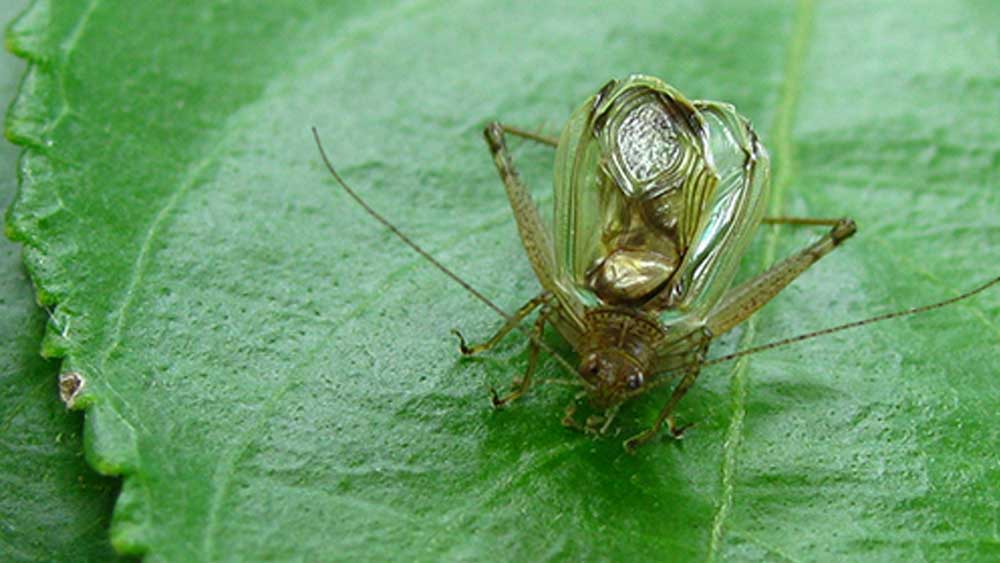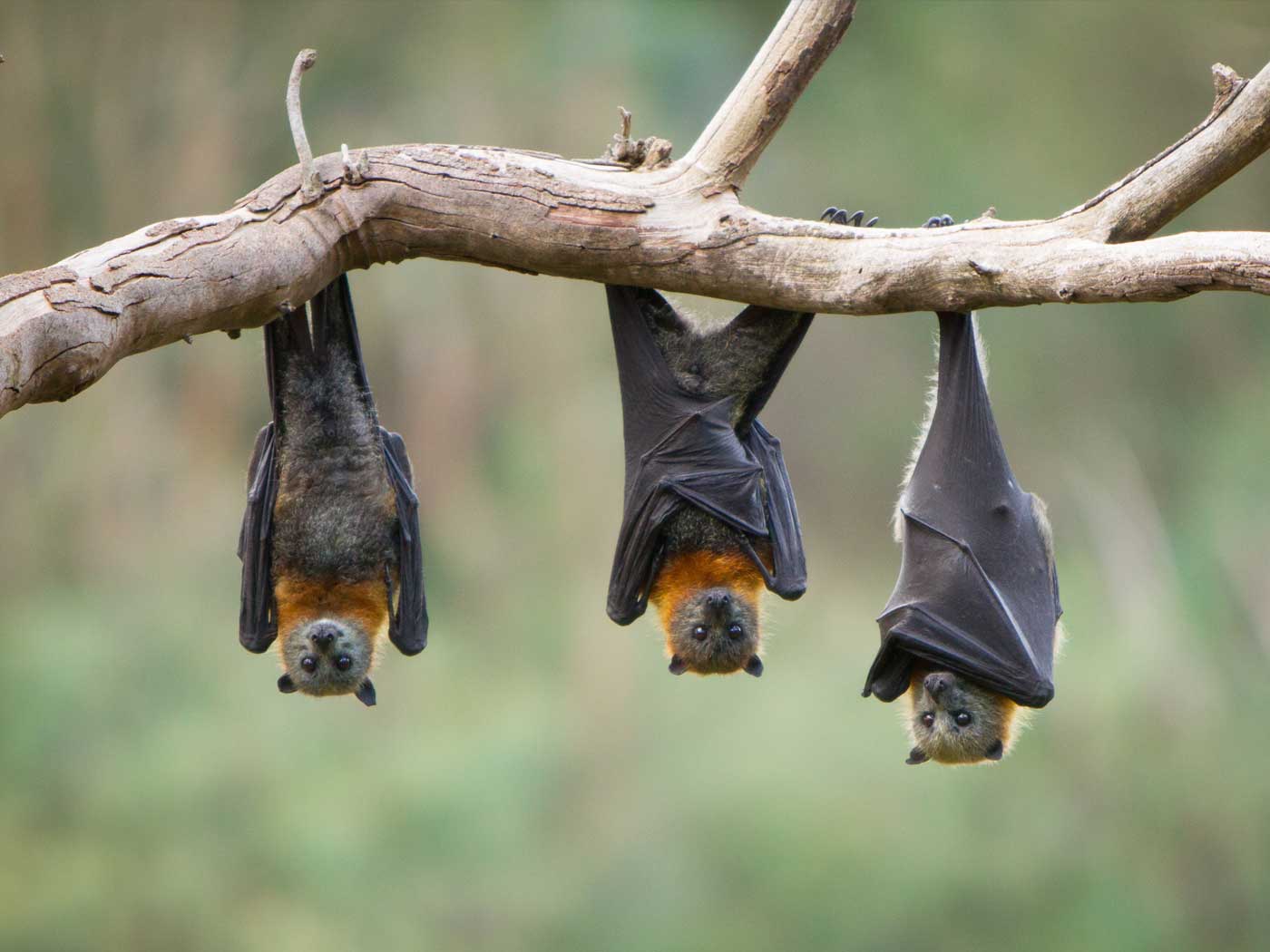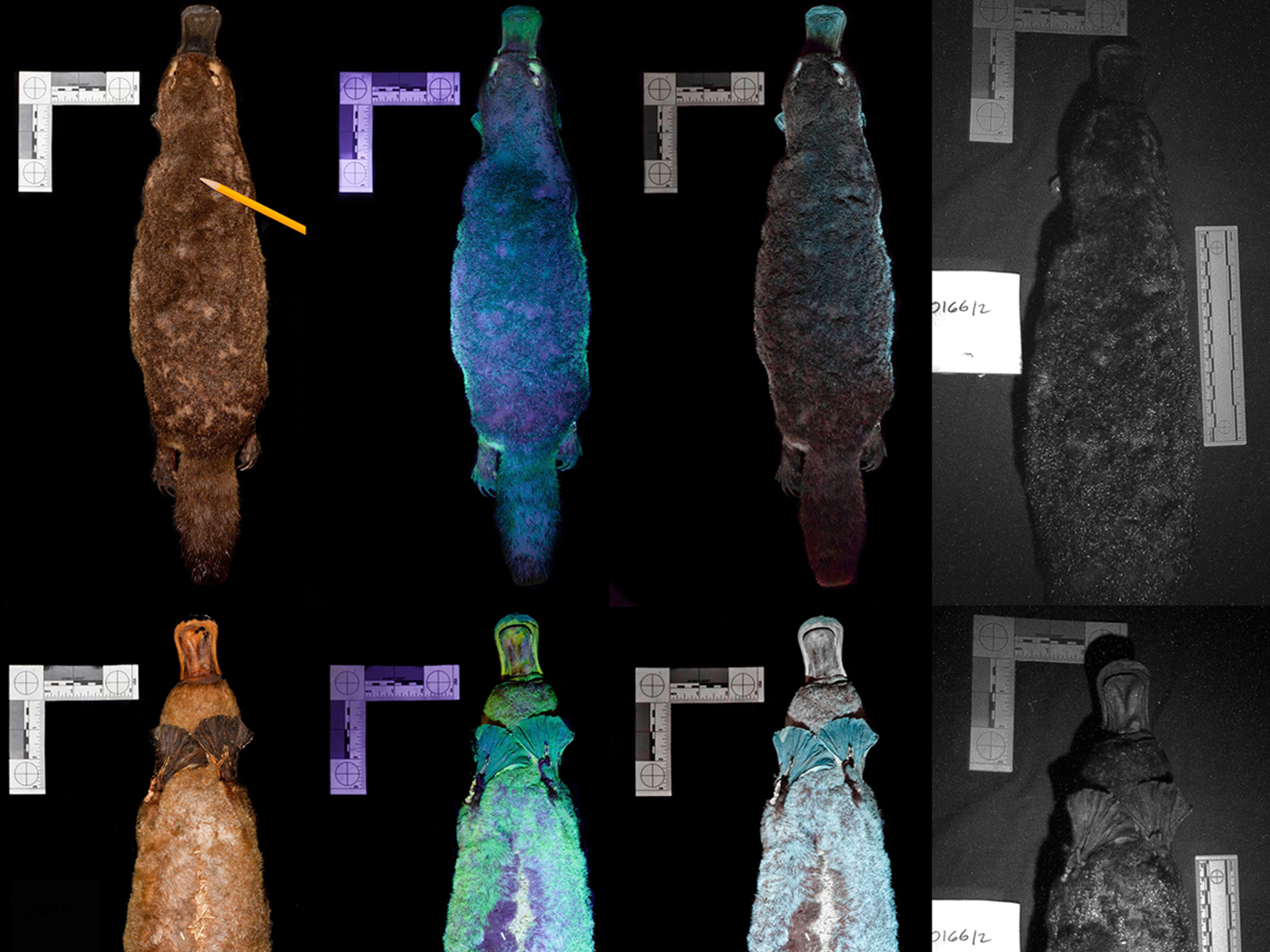One hundred percent effective. How often does that happen, especially in the dog-eat-dog world of biology? Researchers from the University of Bristol in the UK and Graz University in Austria found exactly that in a life-saving strategy that a species of flying cricket uses. Where does perfection like this come from?
The cricket makes its home on Barro Colorado Island, Panama. There, bat calls punctuate katydids’ persistent jungle noises. Without some way to avoid bat sonar detection while flying at night, all sword-tailed crickets could soon get converted into guano. According to new results, published in Philosophical Transactions of the Royal Society B, the specific features they use to avoid bats work just right.1
The very moment these crickets hear a bat sonar signal at a certain volume, they stop flying and drop. But how do they know that sound came from a bat? The insects only respond “to ultrasonic calls above a high-amplitude threshold,” according to a University of Bristol Press Release.2
Once in the air, these flying crickets have no time to try and discern call pattern differences between bats, katydids, or other noises. So instead of call patterns, they tune in to a high-amplitude threshold that excludes all katydid sounds. Who set that threshold? If nature did it, then how many crickets had to get eaten before natural selection tuned that threshold? And how would the dead crickets digesting in bat stomachs have communicated what didn’t work to their living?
In addition, the insects’ “very low sensitivity” keeps them from responding to the katydid sounds with “similarly high sonic and ultrasonic frequencies.” The study authors wrote, “Remarkably, any increase in sensitivity would result in such false alarms.”1 The crickets would never even take flight if they constantly registered the many false alarm katydid calls.
How loud does the bat call need to be in order for these flying crickets to decide to drop from the sky? Exactly 85 decibels. That volume corresponds to a bat at “7 meters away, which is the exact maximum distance over which these bats would detect the swordtail crickets’ echoes.”1
Now who taught these crickets exactly when bat echolocation detects their tiny bodies?
The crickets combine low sensitivity with volume specificity to ignore katydid noise and pay vital attention to bat noise. The study authors wrote, “Their classifier is doubly optimal with 0% false alarms and 100% response to calls indicating detection by their echolocating predators.”1
Stated another way, “This strategy helps them achieve perfect false alarm rejections of background noise and perfect correct detection of dangerous bat signals.”1 We find a match in the Bible, where Psalm 18:30 says, “As for God, his way is perfect.” These crickets’ strategy and the Creator Who invented it both have this in common: Perfection.
Stage image: A sword-tailed cricket.
Stage image credit: University of Bristol. Adapted for use in accordance with federal copyright (fair use doctrine) law. Usage by ICR does not imply endorsement of copyright holders.
References
1. Romer, H. and M. Holderied. 2020. Decision making in the face of a deadly predator: high-amplitude behavioural thresholds can be adaptive for rainforest crickets under high background noise levels. Philosophical Transactions of the Royal Society B: Biological Sciences. 375(1802).
2. Staff Writer. Eavesdropping crickets drop from the sky to evade capture from bats. University of Bristol Press Release. Posted on Bristol.ac.uk May 8, 2020, accessed May 20, 2020.
*Dr. Brian Thomas is Research Associate at the Institute for Creation Research and earned his Ph.D. in paleobiochemistry from the University of Liverpool.

Jungle Crickets Use Sophisticated Design to Avoid Bats
The Latest
The Golden Numbers
Evolutionists theorize that the universe came into being through random means. Fundamentally, randomness lacks symmetry since the very concept of symmetry...
Scientists Question Foundational Big Bang Assumption
In April 2024, some of the world’s leading cosmologists convened at the Royal Society in London to question the cosmological principle—the...
Moroccan Dinosaurs in Marine Rocks, Too
Two recent papers by paleontologist Nicholas Longrich and his colleagues describe some unexpected findings in phosphate mines of northern Morocco.1,2...
CREATION PODCAST
Ernst Haeckel: Evolutionary Huckster | The Creation Podcast:...
Ernst Haeckel, a German Zoologist, is famous for developing a series of images of embryos in development called Anthropogenie. These images,...
Bees Master Complex Tasks Through Social Interaction
Bees are simply incredible.1,2 These little furry fliers challenge the very foundation of Darwinism in many diverse ways.
Bees have been...
The Tail of Man’s Supposed Ancestors
Although it has been known for decades and despite insistence to the contrary from the evolutionary community, man—Homo sapiens—has never...
When Day Meets Night—A Total Success!
The skies cleared above North Texas on Monday, April 8, for a spectacular view of the 2024 Great American Solar Eclipse. Hundreds of guests joined...
The Sun and Moon—Designed for Eclipses
Before discovering thousands of planets in other solar systems, scientists tended to assume that other solar systems would be very similar to our own....
Let ICR Help You Prepare for the Great American Solar Eclipse!
On Monday, April 8th, the moon will move directly between the earth and the sun, resulting in a total solar eclipse visible in northern Mexico, much...
Total Eclipse on April 8th
“You alone are the LORD; You have made heaven, the heaven of heavens, with all their host, the earth and everything on it, the seas and all that...



























